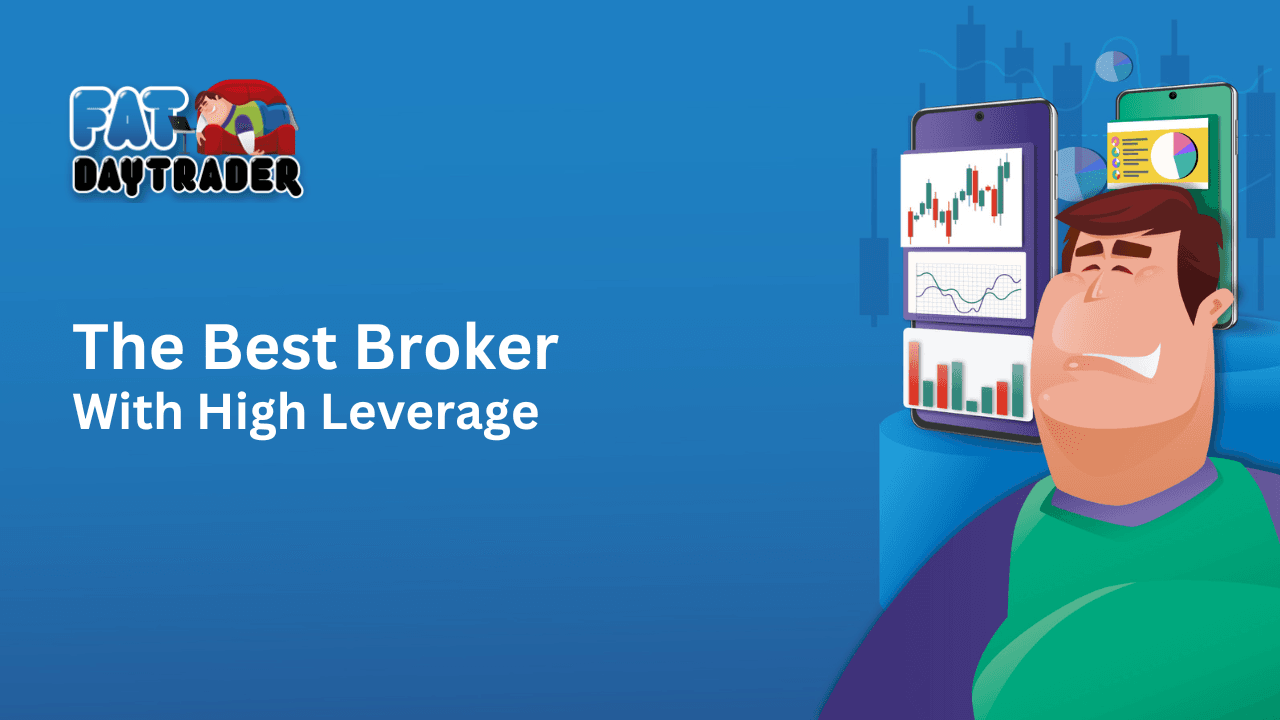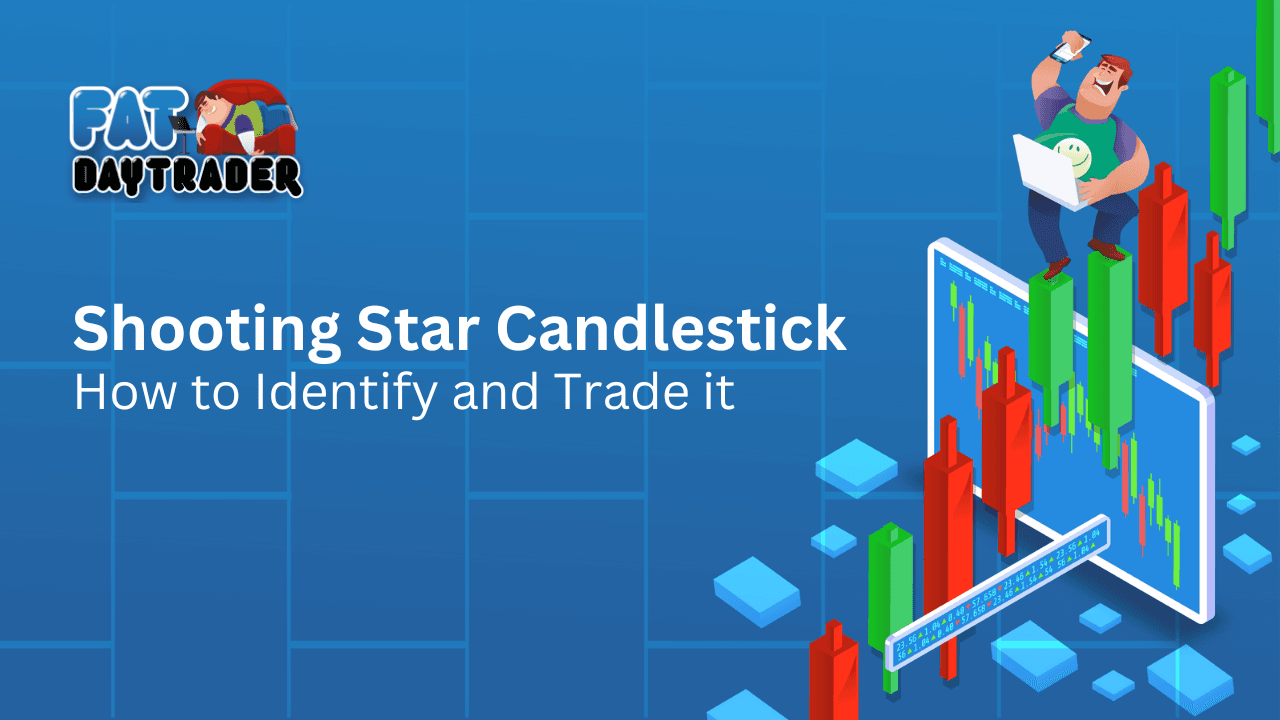Education
Risk/Reward Ratios: Understanding the Importance of a Positive Ratio
Fat Day Trader
June 20, 2023
9 min read
In trading, the risk/reward ratio is fundamental in shaping trading or investment strategies. It represents the relationship between the potential reward an investor can earn and the amount of risk they need to assume to achieve those returns.
Risk reward ratios guide investors, helping them make informed decisions by quantifying the balance between risk and potential gain.
This article will explore the intricacies of the risk/reward ratio and its significance and provide real-world examples of how investors can leverage this ratio to optimize their portfolios.
Risk/Reward Ratios: Understanding the Importance of a Positive Ratio
Risk reward ratios are a vital metric used by investors to evaluate the potential returns of an investment relative to the risks involved. By comparing the anticipated reward with the amount of risk taken, investors can gain insight into the risk-adjusted profitability of a trade or investment.
In essence, the risk/reward ratio serves as a tool to quantify the trade-off between risk and reward, assisting investors in making balanced decisions that align with their financial goals.
The Importance of Risk/Reward Ratio
Investors prefer a lower risk/return ratio due to its promising implications. This ratio signifies that investors can gain more for each unit of risk they assume. In other words, it indicates a more favorable risk-adjusted return, where the potential gains outweigh the potential risks.
By seeking investments with a lower risk/return ratio, investors can aim for higher rewards while maintaining a balanced level of risk in their portfolios, making it a desirable strategy for long-term wealth accumulation.
Higher Risk/Return Ratio - A Signal of Riskier Investment
A higher risk/return ratio suggests a riskier investment proposition. In this scenario, the potential gains are disproportionately smaller than the risk involved.
This imbalance indicates that investors would need to take on a higher level of risk to achieve the expected returns, making such investments more volatile and unpredictable.
Investors should exercise caution when encountering opportunities with a higher risk/return ratio, as they may require a deeper analysis of the underlying factors driving the investment's potential returns and risks.
Understanding the risk/return ratio is paramount for investors seeking to make informed and well-balanced decisions. By comprehending this ratio, investors can effectively identify opportunities with higher potential returns, thereby enhancing the growth potential of their portfolios.
Moreover, this understanding allows investors to manage risk more efficiently, ensuring they align their investment choices with risk tolerance and financial objectives. As a result, a comprehensive grasp of the risk/return ratio empowers investors to create diversified portfolios that offer the potential for growth and stability over the long term.
Managing Risk/Return Directly
Market strategists often seek an ideal risk/reward ratio of approximately 1:3, aiming for three units of expected return for every unit of additional risk.
Achieving this balance requires risk management tools such as stop-loss orders and derivatives like put options. These mechanisms allow investors to mitigate potential losses and directly manage risk/reward exposure
How Does the Risk/Reward Ratio Work?
When the investment is closed, the risk/reward ratio is calculated by dividing the potential loss (risk) by the expected profit (reward). By quantifying this ratio, investors can clearly understand how much they stand to lose versus how much they can gain from a particular investment.
For instance, a risk/reward ratio of 1:2 suggests that for every dollar risked, there is an expectation of gaining two dollars.
The Role of Stop-Loss Orders and Derivatives
Risk management techniques are pivotal in achieving a desirable risk/reward ratio. Stop-loss orders as well as other order types, are widely used to automatically sell a security when its price is predetermined, limiting potential losses.
Additionally, derivatives like put options give investors the right to sell an asset at a specific price, safeguarding against unfavourable price movements. By integrating these tools, investors can tailor their risk/reward profiles to suit their risk tolerance and financial objectives.
The Impact of Adjusting Stop-Loss Orders
While adjusting stop-loss orders can modify the risk/reward ratio, it is essential to recognize that it also affects the probability of success in the trade. Moving the stop-loss closer to the entry price may enhance the risk/reward ratio and increase the likelihood of being stopped prematurely.
Conversely, placing the stop-loss further away may offer a more attractive risk/reward ratio but increases the potential downside risk.
What Does the Risk/Reward Ratio Tell You?
The risk/reward ratio offers investors an invaluable tool for assessing the potential downside against the possible upside of an investment. A ratio above 1:1 is generally considered preferable, as it suggests that the potential gains outweigh the potential losses. For instance, a risk/reward ratio of 1:3 implies that for each unit of risk taken, there are three units of potential gain, creating a favourable risk-adjusted return.
Identifying Investment Risk
Understanding the risk/reward ratio is key to evaluating the soundness of potential investments. Investments with a risk/reward ratio lower than 1:1 require careful consideration, as it suggests that the potential rewards are lower compared to the risks, making it a less attractive investment. On the flip side, a high risk/reward ratio could indicate an opportunity with higher potential returns relative to the risks involved, aligning better with the aim for favorable risk-adjusted returns.
Real-Life Example
Let's consider an example of an investor who buys 100 shares of XYZ Company at $20 per share with a stop-loss order set at $15. The investor anticipates that the price will reach $30.
In this scenario, the risk/reward ratio is 1:2. This means that for every dollar at risk (the $5 difference between the entry price and the stop-loss price), there is an expectation of gaining two dollars (the $10 difference between the entry price and the target price).
Why Is the Risk/Return Ratio Important?
The risk/return ratio is instrumental in evaluating the viability of an investment. By comparing potential rewards to potential risks, investors can gauge whether an opportunity aligns with their financial objectives and risk tolerance.
A favourable risk/return ratio provides a stronger case for investment, while an unfavourable ratio may signal the need for further evaluation or a potential pass on the opportunity.
Informed Decision Making
Understanding the risk/return ratio enables investors to make more informed and well-rounded decisions. It prompts them to critically assess each investment's potential risks and rewards rather than solely chasing high returns. Investors can construct well-balanced portfolios that align with their financial goals by considering both aspects.
Optimal Risk Management
A crucial aspect of successful trading is effective risk and trade management. The risk/return ratio is a guiding principle to implement strategies that optimize a portfolio's risk-adjusted returns. Investors can diversify their holdings, integrate protective options, and use stop-loss orders strategically to create a well-rounded risk management approach.
Can the Risk/Return Ratio of an Investment Change Over Time?
The risk/return ratio is a dynamic metric that can experience fluctuations over time. This ratio, quantifying the trade-off between potential risk and return, is not fixed and can evolve as market conditions shift.
One of the primary factors contributing to these changes is the fluctuation in asset prices. As asset prices rise or fall, an investment's potential risk and return are directly affected.
Additionally, the risk/return ratio is subject to various external factors, such as market conditions, economic trends, and company-specific developments. These factors can significantly impact the investment landscape and alter the potential rewards relative to the risks involved.
To navigate this ever-changing landscape, regular monitoring of investments is crucial. Keeping a close eye on the market dynamics and adjusting investment strategies allows investors to adapt to shifting conditions and optimize their risk/return profiles effectively.
By staying vigilant and responsive to changing dynamics, investors can position themselves to make well-informed decisions and maximize their chances of success in the dynamic world of finance.
Need for Portfolio Adjustments
A regular portfolio review is a fundamental practice for investors, primarily because of the dynamic nature of investments.
Financial markets are constantly evolving, influenced by various factors such as economic conditions, geopolitical events, and company performance. As a result, investments' risk and return characteristics can change over time.
Investors must regularly review their portfolios to stay ahead of these fluctuations and make informed decisions. Through periodic assessments, investors can gain valuable insights into their holdings' performance and identify potential improvement opportunities.
Utilizing Risk/Return Ratios for Portfolio Rebalancing: Monitoring risk/return ratios is valuable in the portfolio review process. This metric quantifies the trade-off between risk and potential gain in each investment, providing a clear picture of the risk-adjusted returns.
By examining the risk/return ratios of individual assets within the portfolio, investors can identify which holdings may be out of alignment with their desired risk profile. Opportunities for portfolio rebalancing become evident when investments with unfavourable risk/return ratios are adjusted or replaced with more suitable alternatives.
Aligning Portfolio with Financial Goals and Risk Appetite: Adjusting holdings based on the insights gained from risk/return ratio analysis allows investors to align their portfolios with their financial objectives and risk appetite.
For instance, if an investor's risk/return ratio analysis indicates that certain assets pose higher risks than their potential returns, they may reduce their exposure to those assets.
Similarly, if investments have attractive risk/return profiles, investors may allocate more funds to capitalize on those opportunities. This dynamic process of adjusting holdings helps create a balanced portfolio that reflects the investor's financial goals while mitigating excessive risk exposure.
Conclusion
In conclusion, the risk/reward ratio is a powerful tool that empowers investors to make sound decisions in the financial markets. It quantifies the trade-off between risk and potential gain, guiding investors toward opportunities that offer favourable risk-adjusted returns.
By understanding and utilizing the risk/reward ratio, investors can enhance their risk management strategies, make informed investment choices, and build well-balanced portfolios that align with their financial goals.
Regular monitoring and portfolio adjustments ensure that investors can adapt to changing market conditions and maintain an optimal risk/return profile in their investment journey.
You May Also Like
View All
Education
The Best Broker with High Leverage
April 8, 2024
13 min read
Find out who the best broker with high leverage is as today's evolving fina...

Education
Shooting Star Candlestick Pattern : How to Identify and Trade it
April 5, 2024
12 min read
Meta: Discover the shooting star candlestick pattern, learn how to identify...
Disclaimer: The content of the fatdaytrader.com website and any posted on our blog is intended for educational purposes only and is not to be construed as financial advice. Trading the financial markets carries a high level of risk and is not suitable for all investors. When trading, you should consider your investment goals, experience, and your appetite for risk. Only trade with funds you are prepared to lose. Like any investment, there is a possibility that you could sustain losses of some or all your investment whilst trading. You should seek independent advice before trading if you have any doubts. Past performance in the markets is not a reliable indicator of future gains.
fatdaytrader.com takes no responsibility for loss incurred as a result of the content posted on our website or blog. By using this website you acknowledge that we are not providing financial advice and our content is for your information and educational purposes only.
©2025 fatdaytrader.com. All rights reserved.
